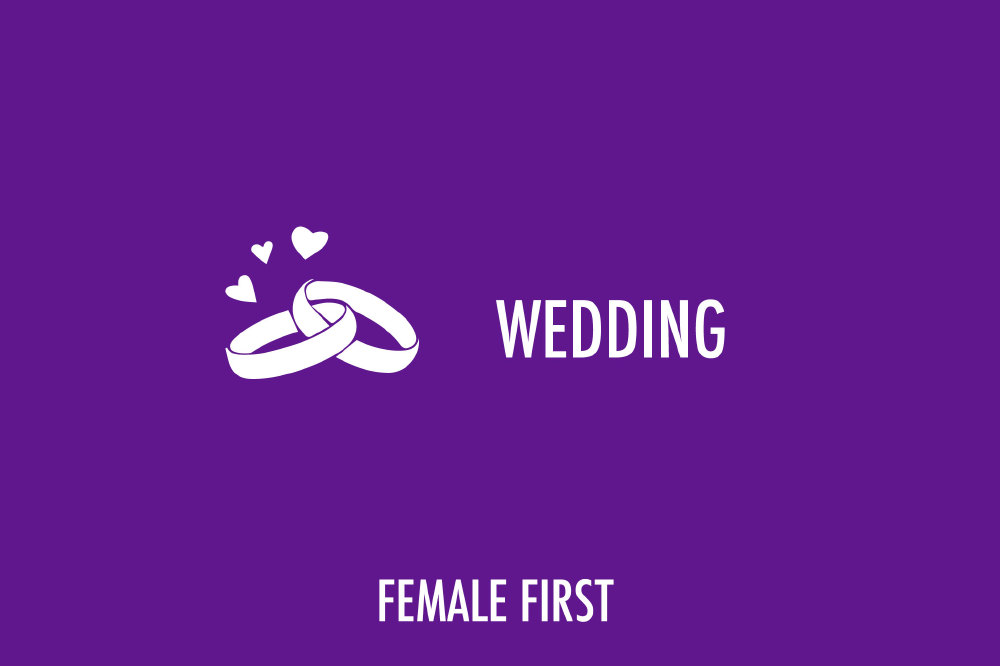Picking out an engagement ring is that exciting first step to wedded bliss we love to shout about, if the Instagram hashtag #shesaidyes is anything to go by, currently booming at 3.3 million tags.

Stick to reputable brands
But a growing awareness of the environmental and social cost of our diamonds and gold is adding another layer to the mix, causing us to ask: “how ethical is your engagement ring?” Because while we all want the happiest day of our lives to shine, no one wants it to come at the cost of the planet, or other people.
The good news is it doesn’t have to. There are now more options than ever for buying an ethical engagement ring.
The Cost of Diamond Mining and Manmade Diamonds To the Environment
Andrew Brown, CEO of WP Diamonds, diamond experts who promote the re-selling of jewellery as an environmental and ethical approach comments, “You don’t have to give up on well-made, well-designed items in order to be sustainable. Because damage to the environment – and bad labour practices with so-called ‘blood diamonds’ - comes during the diamond, gold or silver extraction process, routes that bypass these are a good option.
“Each carat of diamond mined uses nine litres of fuel consumption, 2,500 litres of water and emits around half a tonne of greenhouse gases. For each gold ring produced, 18 tonnes of waste - including cyanide which poisons surrounding land and waterways - are created.
“Man-made diamonds are one option; these synthetic gems are produced in labs and cost around 30-40% less, though prices are dropping. But we now know that creating a diamond in a few weeks in a lab that would take thousands of years to form in the earth, uses a huge amount of energy. Meaning that man-made diamonds, also known as lab grown diamonds or synthetic diamonds, are not eco-friendly.”
How to Buy an Ethical Engagement Ring
“The ethical route WP Diamond pioneers in the diamond industry is the buying and selling, or re-circulation, of jewellery. A pre-owned diamond looks and feels exactly like a brand new one but contributes to none of the ethical or ecological damage that comes from diamond and gold mining.”
“Engagement rings are actually WP Diamond’s biggest circulation items so there’s no shortage of vintage designs out there from brands like Tiffany & Co and Cartier, which allow consumers to capture a moment in fashion history. And best of all, it means you can get a quality diamond ring at a fraction of the price.”
Whatever route you go down, follow Andrew Brown’s tips on how to buy an ethical engagement ring.
Ask the right questions. Be aware the mining of gold and diamonds has both a social and environmental impact. If you’re buying a new engagement ring, don’t be afraid to ask your broker about both aspects on the provenance of your ring.
Stick to reputable brands. Be aware of the brands which ethically source their precious materials, steering away from conflict-diamonds and using less harmful mining practices. These include classic brands, such as Tiffany & Co., while newer ethical brands including Ingle & Rhode, use Fairtrade gold and source their diamonds from traceable Canadian mines.
Choose a ring that’s already in circulation. Gemma by WP Diamonds puts high-end engagement rings into re-circulation, selling them for far below the retail price, giving consumers access to beautiful jewellery without putting additional strain on the environment through new mining.
Re-craft existing family pieces. Incorporating family heirlooms into your own bespoke designs scores high on sentimental value, while also protecting the environment. Find a designer you love, like Benjamin Hawkins, who will incorporate vintage materials into their work.
Consider selling on your jewellery. Rather than letting it linger in a box, by selling your jewellery you’re ensuring resources remain in circulation, cutting demand for environmentally and socially damaging diamond and gold mining.
Tagged in Engagement

